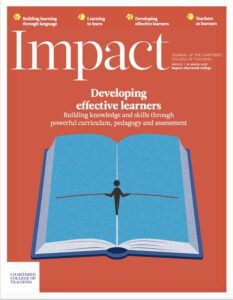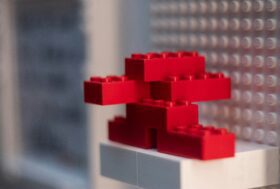Does teaching consonant clusters systematically aid decoding?

10 min read
Consonant clusters (henceforth referred to as clusters) exist in English morphology and impact on how sounds blend together and how words may be segmented into syllables (Grainger et al., 2012). Their usage links to how vowels (single vowel graphemes and digraphs) operate in words, and this knowledge then has a bearing on how children learn to read and spell words throughout their education. Educational research into clusters is limited and much of the work that has been done is based on linguistic studies (Groff, 1972); (Gregová, 2010)), which have not always translated into phonics in educational practice.
This article aims to provide some experimental evidence on refining Groff’s (Groff, 1972) sequence of clusters so that systematic phonics teaching is further developed. Groff (Groff, 1972) proposed that there was a need to reconsider the order of teaching clusters, and proffered a sequence that needed to be further refined through research. Groff (Groff, 1972) suggested that
Join us or sign in now to view the rest of this page
You're viewing this site as a guest, which only allows you to view a limited amount of content.
To view this page and get access to all our resources, join the Chartered College of Teaching (it's free for trainee teachers and half price for ECTs) or log in if you're already a member.
This article was published in February 2018 and reflects the terminology and understanding of research and evidence in use at the time. Some terms and conclusions may no longer align with current standards. We encourage readers to approach the content with an understanding of this context.











Hi, the figures don’t appear to be working – is it possible to get the figures?
Thank you for pointing this out. The figures should now be displaying correctly.